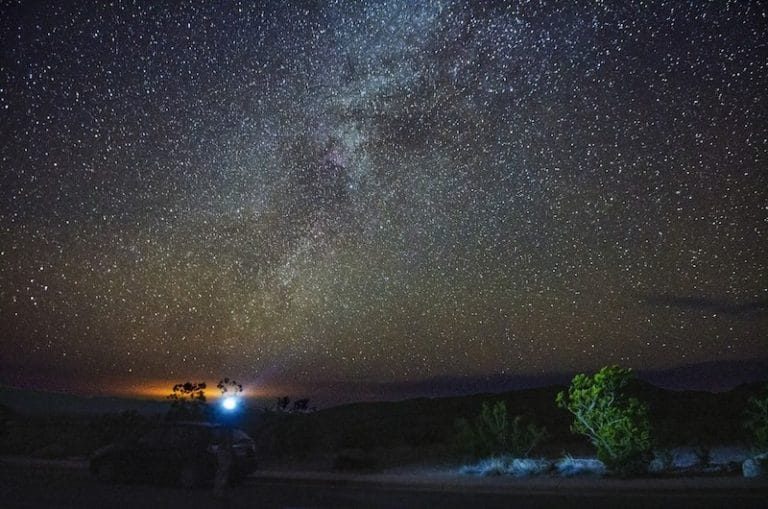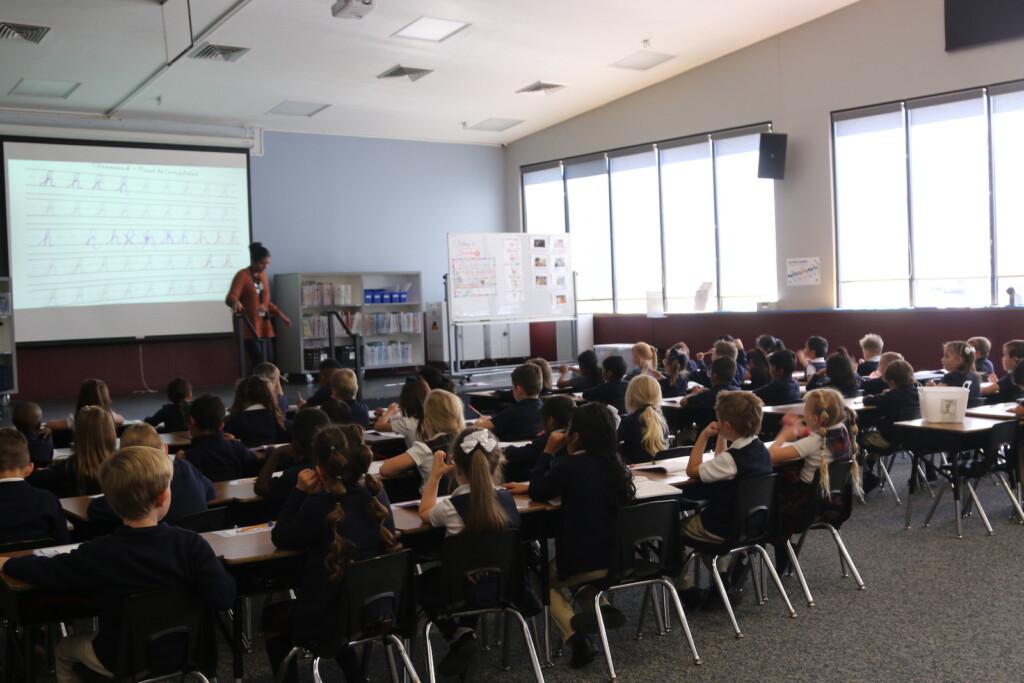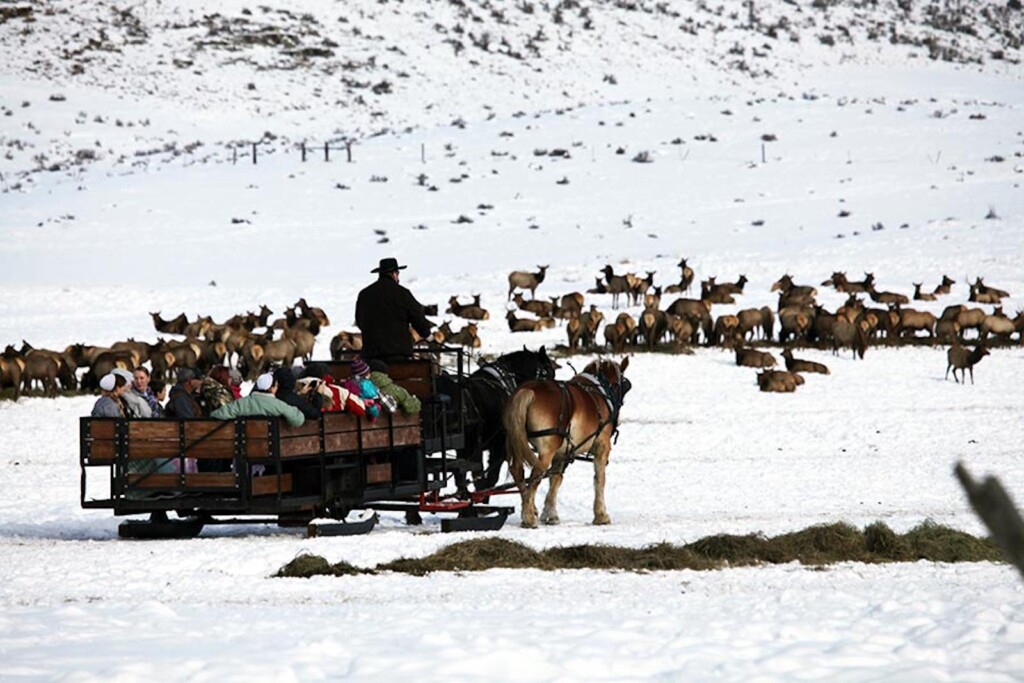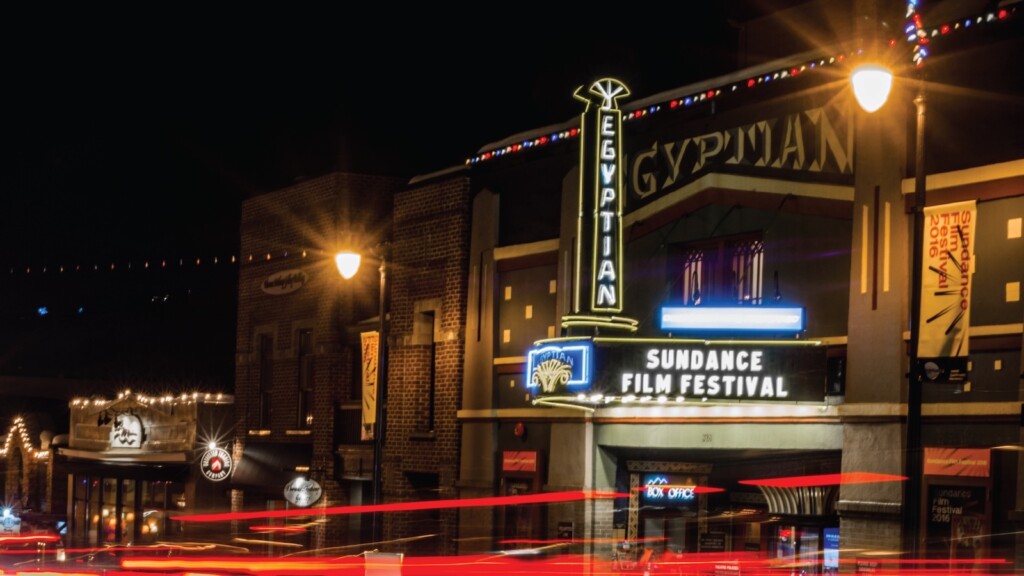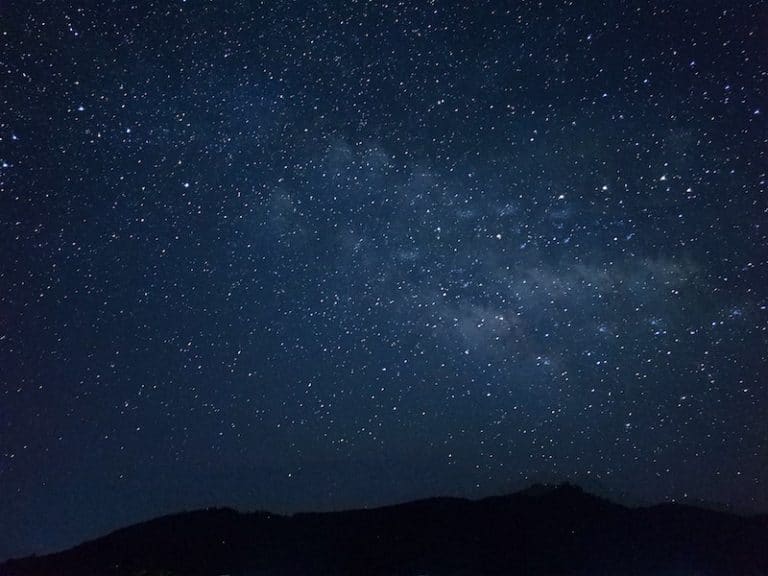
One of the great delights of a camping trip, or better yet, living in one of Utah’s remote places away from the lights of the larger cities, is looking up on a clear night to see the sky filled with stars. Staring into the dark sky, punctured with points of light and maybe the glowing brushstroke of the Milky Way, can be inspiring, humbling and exhilarating. It is also becoming an increasingly rare experience as urban areas continue to spread, bringing more light pollution with them.
While Utah is known around the world for extraordinary landscapes, the International Dark Skies Association has designated 15 official Dark Sky Parks in the Beehive state—more than any other place in the world—providing a unique opportunity to celebrate International Dark-Sky Week this month from the 19th to the 26th.
In addition to the unusual number of Dark Sky parks, Utah is home to the unique Consortium for Dark Sky Studies at the University of Utah. The CDSS is affiliated with other universities and serves as a coordinating body for research and information about the benefits of dark skies. Last year, the CDSS, working with the College of Architecture and Planning at the U of U, launched the first and only undergraduate minor in Dark Sky Studies, an academic and research program focused on “the disappearing dark.”
Vallachi Ganesan, a project lighting and darkness designer with Spectrum Engineers in Salt Lake City, and an associate instructor at the U of U, said there is more to the program than just preserving the night sky.
“It has only been about 150 years since the first light bulbs, and when we started lighting more and more places, and we are only now starting to realize the effects of all this lighting on our health and the wider ecology. Like most things, there are the intended effects and the unintended consequences,” Ganesan said.
Ganessan, along with Daniel Mendoza, a professor in City and Metropolitan Planning and Pulmonology, and Stacy Harwood, Ph.D. and Chair in City and Metropolitan Planning, developed the program and intentionally left it open to students from all disciplines.
Mendoza said they wanted the program open because issues related to dark skies and increasing light pollution have impacts beyond the interests of just astronomers and architects.
“There are really four things we focus on when we talk about light pollution or dark skies,” said Mendoza. “There is the effect on the environment, like wildlife. The second is tourism. Third is the effects on human health, and the fourth is economics; things like better design and not wasting energy on light that is not used or just goes up in the sky.”
Overly bright city lights can throw migratory birds off course or send them crashing into buildings. This issue is particularly acute in northern Utah which is a major migratory route for birds that stopover at the Great Salt Lake. Decades ago, when it was discovered that artificial lights on the shore were drawing sea turtles to roads or other dangerous places, many coastal communities began requiring shielded “turtle safe” lights.
“As for tourism, we like to say you can’t drive through a dark sky,” said Mendoza. “You can drive through Zion or one of the other parks, but to see the stars, that usually means staying overnight, and that brings increased economic benefits.” For those living in brightly lit urban areas, seeing a sparkling night sky can be as exciting and compelling a sight as sandstone arches or snow-covered ski slopes.
Mendoza said the effects of extended hours of artificial light on human behavior and health are continuing to be discovered and better understood.
“Having that light on from an electronic device, or from a streetlight outside, stimulates your brain and keeps you awake. We’re just starting to understand more about how that artificial light affects your overall health,” he said.
Finally, he said, improving lighting design and being thoughtful about where it is used can have safety as well as economic consequences.
“We’ve estimated there is around $3 billion wasted through poor lighting, and it is just a waste of energy,” said Mendoza.
Some students from the program have already been involved in field work. Using drones built by students in the mechanical engineering program, Dark Sky minor students have been taking light pollution readings for the central Utah town of Helper, which has resolved to earn dark sky designation in the coming years.
The International Dark Skies Association will be hosting virtual events online during Dark Sky Week which runs from April 19 through April 26. Many events were planned at Utah’s Dark Sky Parks, but locations are shut down due to COVID-19.

